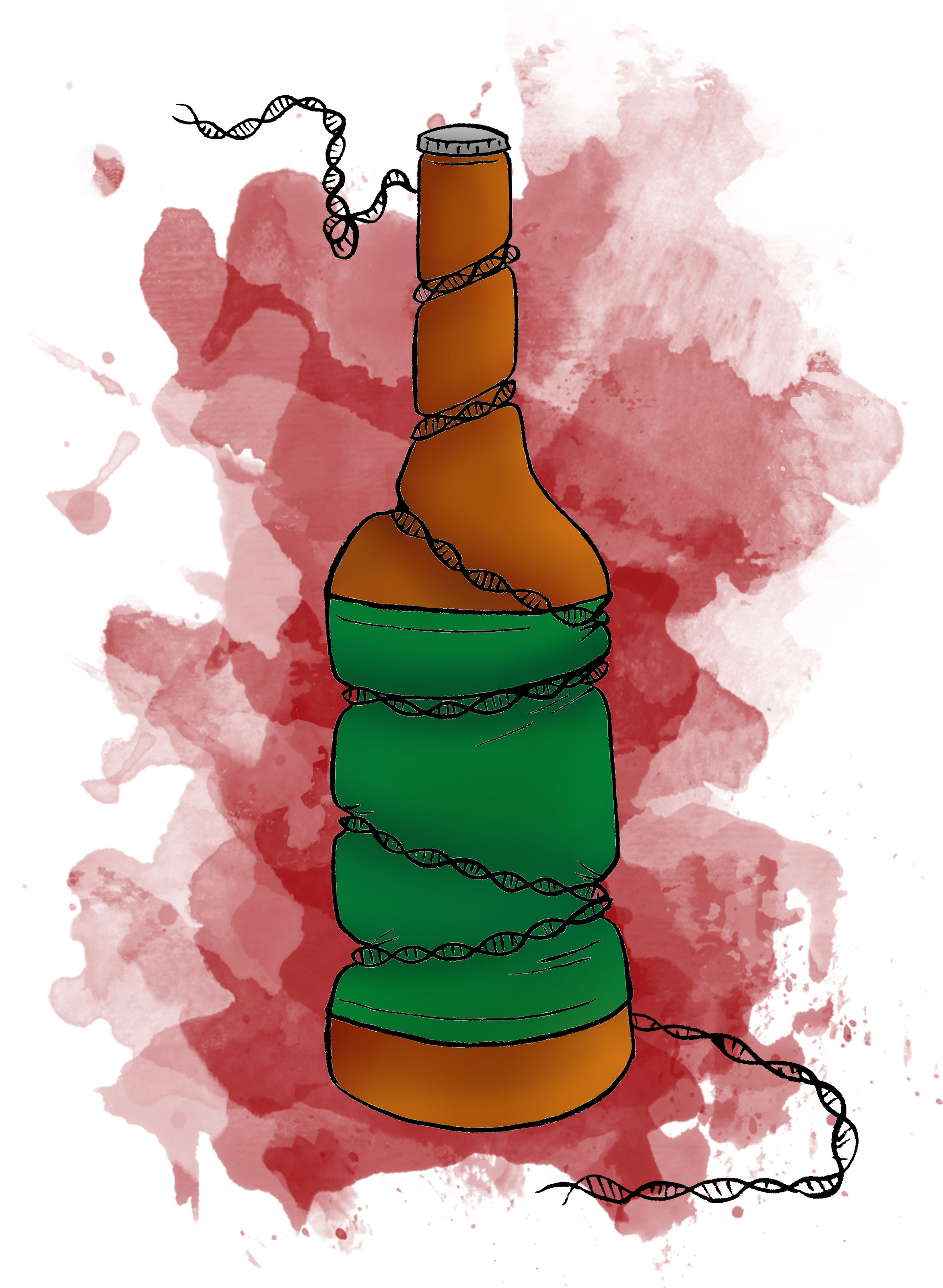
Researchers could be able to predict risk for drinking and smoking addiction through genes, a new study has found.
Yale researchers released a paper in Scientific Reports on Feb. 6 that pinpoints DNA methylation, a form of epigenetic modification, as a biological signaler of nicotine and alcohol codependence.
“In our study, we knew that environmental factors such as chronic alcohol drinking or smoking can increase the risk for the disease through an epigenetic mechanism, so we wanted to show people that even if you didn’t have genetic variants from parents, you could also develop diseases such as nicotine or alcohol dependence,” said corresponding author and Yale medical school professor Huiping Zhang.
According to Zhang, previous studies have tried to identify biomarkers in DNA mutations but have been relatively unsuccessful.
In-Hyun Park, a professor of genetics at the School of Medicine, added that these genetic variants cannot completely account for an individual’s susceptibility to a given disease.
To avoid this problem, Zhang and his team looked instead at epigenetic modifications, which effectively turn transcription of genes on and off without altering the DNA itself.
“We tried to find gene modifications that are not due to DNA sequence changes, but are due to DNA modifications,” Zhang said. “For example, if the DNA is modified by adding a methyl group or acetyl group or phosphate group, this is a way to modify the DNA sequence, although the sequence itself is not changed.”
Rather than conduct a whole-genome study, the researchers narrowed their search down to the promoter regions of 82 genes that had been previously identified as variant in alcohol- and nicotine-dependent individuals, including genes involved in dopamine, serotonin, nicotine and opiate receptor pathways.
Using data collected from a microarray assay, the researchers carried out statistical and bioinformatics analyses to determine whether or not European-Americans or African-Americans codependent on alcohol and nicotine underwent epigenetic changes in regions where nonaddicted controls did not.
The team found 17 statistically significant regions of DNA methylation in the European-American sample and one statistically significant region in the African-American sample. The genetic region found to be significantly different from controls in the African-American sample was also found to be significant in European-Americans, but the region in each population was hypomethylated and hypermethylated, respectively.
According to Park, the team’s findings suggest that DNA methylation in addiction-related genes is a potential biomarker for alcohol and nicotine codependence.
Clinicians could use these methylated regions as biomarkers and obtain quantitative diagnoses of alcohol and nicotine codependence, Zhang said.
“When a doctor diagnoses whether a person has alcohol and nicotine codependence, it’s not by a biological test. It’s by a questionnaire,” he said, adding that now, there is a possibility for the disease to be diagnosed with certainty through a blood test and DNA methylation examination.
Zhang added the study has implications on a clinical level as well. DNA methylation has been found to be reversible, so companies could develop pharmaceuticals that reverse the variant methylation pathways in order to treat patients, he said.
Future studies could benefit from using an unbiased method such as whole-genome bisulfite sequencing in order to capture all regions of DNA for analysis and not just the promoter regions, Park suggested.
“One of the major limitations of the study is that the authors examined only the promoters of the addiction-associated genes,” he said. “The limitation comes from choosing the method examining the DNA methylation status.”
The researchers chose to take samples from peripheral blood of patients when brain tissue samples may have been more illuminating, Zhang said, although he added that difficulty in collecting samples of brain tissue is a significant disadvantage to that method.
According to Zhang, the sample size of the study was “not sufficient.” However, he said that the team had “a moderate sample size, compared to other pathway studies.”
Zhang added that future studies should work toward understanding the mechanism behind the observed epigenetic changes, and proposed a longitudinal study that would follow samples beginning in childhood with the purpose of examining the potential role either age or environmental factors play in effecting methylation.
Alcohol consumption and tobacco use are closely linked behaviors, and those who drink alcohol are more likely to use tobacco, according to an article funded by the National Institute of Health.







